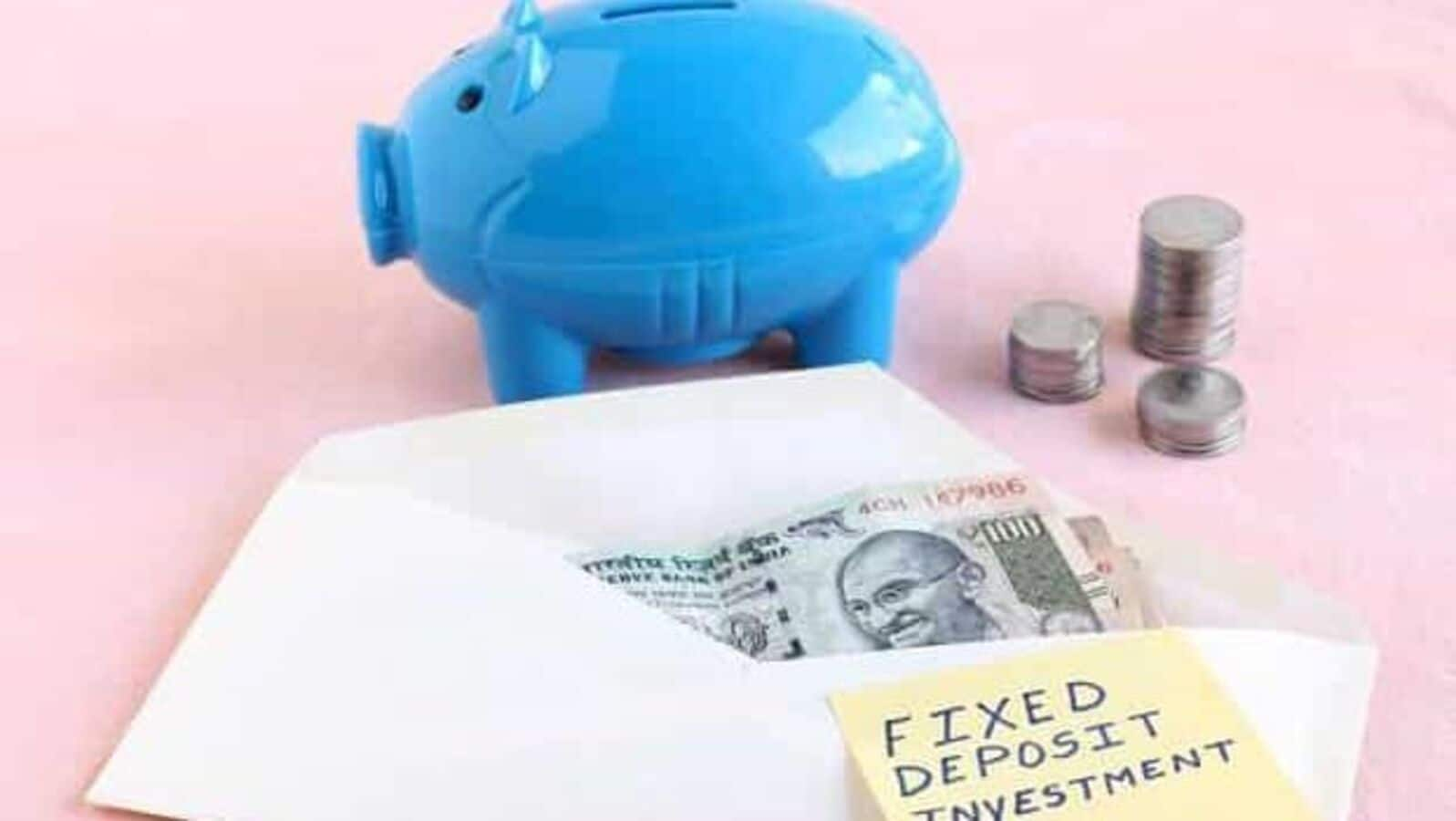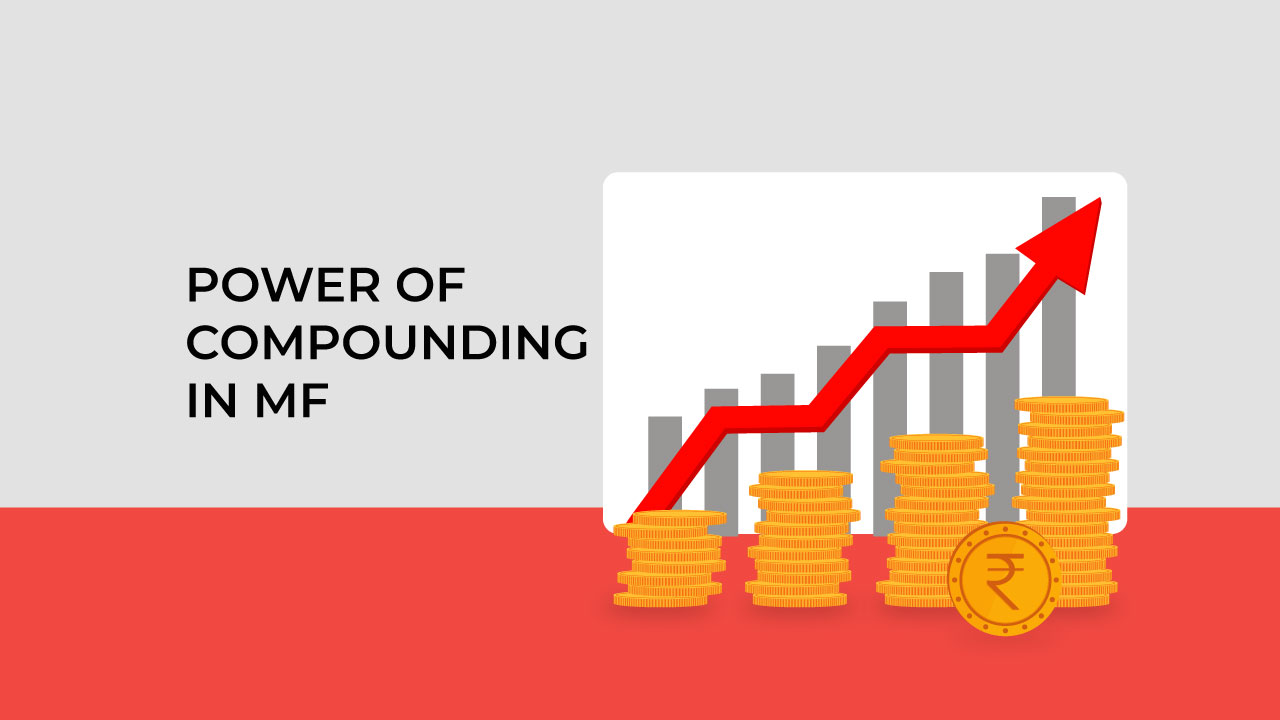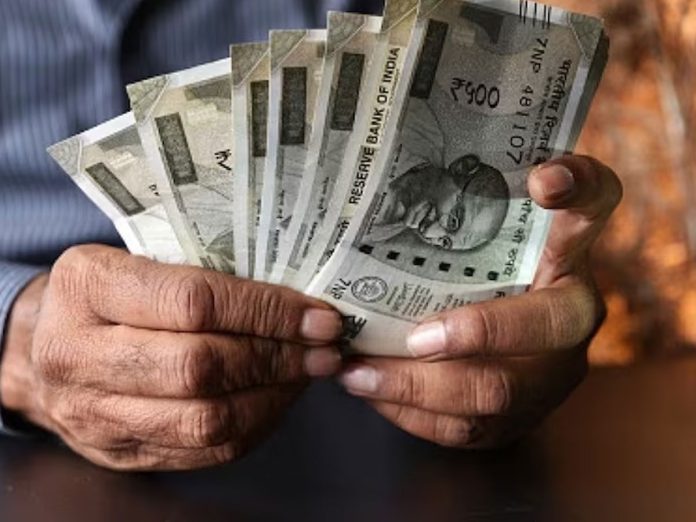PPF and tax-saving FDs are both excellent ways to reduce your income tax. Along with a solid return on investment, this also offers tax benefits. The Ministry of Finance reviews the PPF interest rate accessible every three months. It fluctuates from time to time as well. However, interest on FDs is already offered at a fixed rate for a fixed amount of time.

Risk of FD investments
While PPF offers income tax relief, FDs also have significant drawbacks. The interest earned on FDs is taxable according to the tax bracket of the recipient. However, FD returns don’t always outperform inflation. This implies that the actual value of your money could decrease over time.

Plan for Long-Term Savings
With their retirement plans in mind, many taxpayers choose PPF as a fixed-income, tax-saving investment. According to tax experts, the Public Provident Fund is the ideal alternative for individuals seeking tax savings, long-term savings, and a secure investment option. FD, however, offers more versatility. Investors would be wise to choose this. Overall, PPF requires long-term investments, whereas FDs do not.

Tax Advantage
Section 80C of the Income Tax Act allows for tax deductions for PPF investments. That is, investing in it results in a tax deduction for you. However, PPF interest and amounts received at maturity are tax-free. For the quarter of July to September, the PPF interest rate is at 7.1 percent. On the other hand, SBI offers 6.50 percent interest on tax-saving FDs. If you invest in fixed-income securities for an extended length of time at a low-interest rate, you risk losing money if the rate rises. PPF offers superior returns than a five-year tax-saving FD as a result. FD interest rates are stable during the course of the investment. In addition, the PPF interest rate is variable and subject to change every three months.

Compounding in PPF has the advantage of compound interest.
In 15 years, this account matures. After maturity, you have two options: either shut the account by taking your money out or extend it for another five years to keep investing. If necessary, you can withdraw money from it in parts. You can take money out of your investment after seven years if you need it for medical expenses, an emergency, or needs like a child’s schooling or marriage. FDs are a wise choice for quick investments. But over the long term, it is superior.
Read More: Finance Minister announces Rs 10,000 for 50 cr bank account holders

|
|
 YouTube YouTube |
Click Here |
 Facebook Page Facebook Page |
Click Here |
 Instagram Instagram |
Click Here |
 Telegram Channel Telegram Channel |
Click Here |


